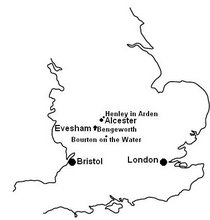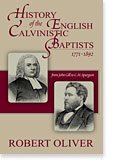As far as we know, in Beddome's day hymn singing was unaccompanied and would have used Beddome's own hymns plus available books. Lining out would have been the norm, led first by Jasper Bailey (c 1740-1782) and later by William Palmer (1726-1807), with William Snooke (1730-1799) standing in on occasion. The hymn book compiled by Ash and Evans appeared in 1769 and Rippon's selection in 1787. Before that the book in general use was Isaac Watts psalm versions, first published in 1719.
In Wikipedia the entry on "lining out" says:
The practice of lined-out psalmody was first documented in England by the Westminster Assembly, which prescribed it in 1644, though only for those congregations with an insufficient number of literate members or printed psalters. It became however the norm in English Dissenting churches of all levels, and American ones as well, even after psalters and then hymn books became more readily available.
Lining out became prevalent in the seventeenth century both in Great Britain and America, gradually developing a distinctive style characterised by a slow, drawn-out heterophonic and often profusely ornamented melody, while a clerk or precentor (song leader) chanted the text line by line before it was sung by the congregation. Though attacked by musical reformers as uncouth, it has survived to the present among some communities and contexts, including the Gaelic psalmody on Lewis, the Old Regular Baptists of the southern Appalachians (USA) and for informal worship in many African American congregations.
The tide turned against lining out in England and New England in the first quarter of the eighteenth century, with greater literacy, improved availability of texts such as New Version of the Psalms of David (1696) by Nahum Tate and Nicholas Brady, and more widely available and better-printed tune collections. Influential clerics in England and America disliked the ragged nature of the singing that resulted as the congregation struggled to remember both the tune and the words from the lining out.
Lining out was in most places replaced by "regular singing," in which either the congregation knew a small number of tunes like Old Hundredth that could be fitted to many different texts in standard metres such as Common Metre, or a tunebook was used along with a word book. There began to be "singing societies" of young men who met one evening a week to rehearse. As time went on, a section of the church was allocated for these trained voices to sit together as a choir, and churches voted to end the lining out system.
Lining out persisted much longer in some churches in the American South, either through theological conservatism or through the recurrence of the conditions of lack of books and literacy, and in some places is still practiced today. In African American churches this practice became known as "Dr Watts Hymn Singing," a historical irony given Watts' disapproval of the practice.











No comments:
Post a Comment